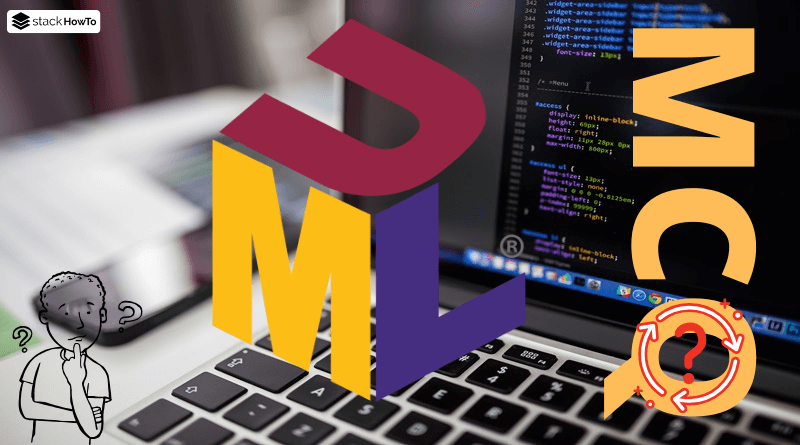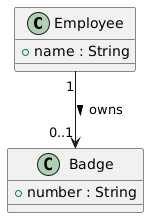UML Diagrams MCQs Questions With Answers – Part 14
Test your knowledge and boost your confidence with these multiple-choice quizzes focused on UML diagrams, foundational software engineering concepts, and real-world best practices. Designed for students, developers, and exam candidates, these MCQs offer a quick and effective way to assess your understanding and sharpen your skills.
1. In a class diagram, what does 0..1 mean as a multiplicity?
A No object is allowed
B One object is required
C The object is optional (zero or one)
D There can be multiple objects, but no more than one
2. In a UML class diagram, what do you call a method preceded by a +?
A Private method
B Protected method
C Public method
D Abstract method
3. What is the role of a “provided interface” in a component diagram?
A Show an external dependency
B Indicate an interface the component uses
C Indicate an interface the component implements and offers to others
D Mark an abstract class
4. What does the keyword “Abstract” mean here?
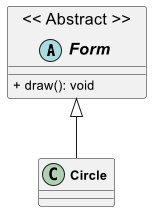
A The class cannot be instantiated
B The class is optional
C The class only has private methods
D It is automatically extended by all classes
5. Which UML diagram shows the life cycle of an object in response to events?
A Activity diagram
B Class diagram
C State-transition diagram
D Component diagram
6. Which of the following elements is mandatory in a class diagram?
A Private methods
B At least one interface
C A class name
D An inheritance relationship
7. What do the colons : before Order and Payment mean?
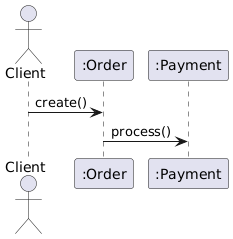
A They are classes
B They are interfaces
C They are methods
D They are instantiated objects of classes
8. What is the benefit of a use case diagram for a non-technical client?
A To see the database structure
B To understand the source code
C To visualize user/system interactions in a simple way
D To define system performance
9. What is the nature of this relationship?
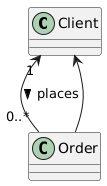
A A composition
B An aggregation
C A bidirectional association with multiplicity
D Multiple inheritance
10. What is the correct representation of a bidirectional association relationship?
A A line without arrow between two classes
B Two opposite arrows
C A white diamond
D A dotted line

